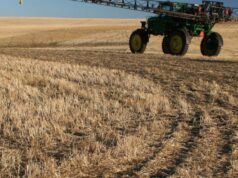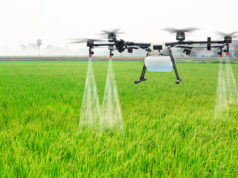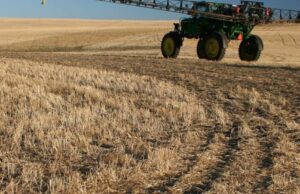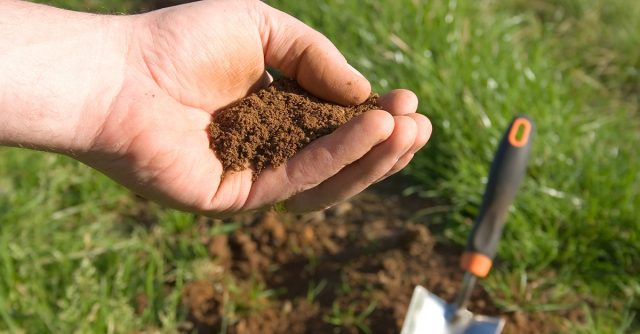
As you probably already know, calcium deficiency in the soil, for instance, can cause some major problems to your plants, so it is a good idea to test your soil from time to time to make sure everything is alright.
Some people believe that you should test your garden’s soil health every few years. Just take a sample and send it to a certified state soil laboratory. This will help you understand the nuts and bolts of your soil, such as the amount of organic matter present, the pH levels, and critical nutrient levels. Based on these, you can determine the success of edible crops, as well as ornamental plantings.
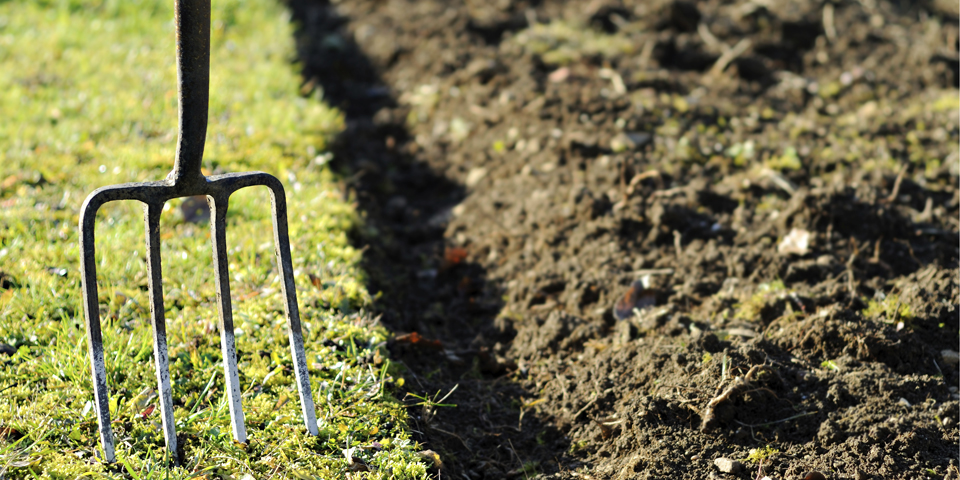
When you know the specifics of your soil, you know what fertilizer applications and soil additives to choose, which is highly important because a wrong choice could damage your crops instead of helping them. Depending on the soil testing results, you will also be able to determine the right amount of fertilizer that you should use.
As previously mentioned, you will need to send a sample of your soil to a local state soil laboratory, so the first step should be to find one. To get soil sample boxes or bags, test forms, and sampling instructions, contact your county or regional extension agent. Once you send a sample of your soil to the chosen laboratory, they will send you results and a plan that you should stick to if you want to improve it. The best time of the year to do the testing is fall or early winter, as that way, you get enough time to improve your soil for spring and summer plantings. The cost of your soil testing can range from $5 to $15 per sample.
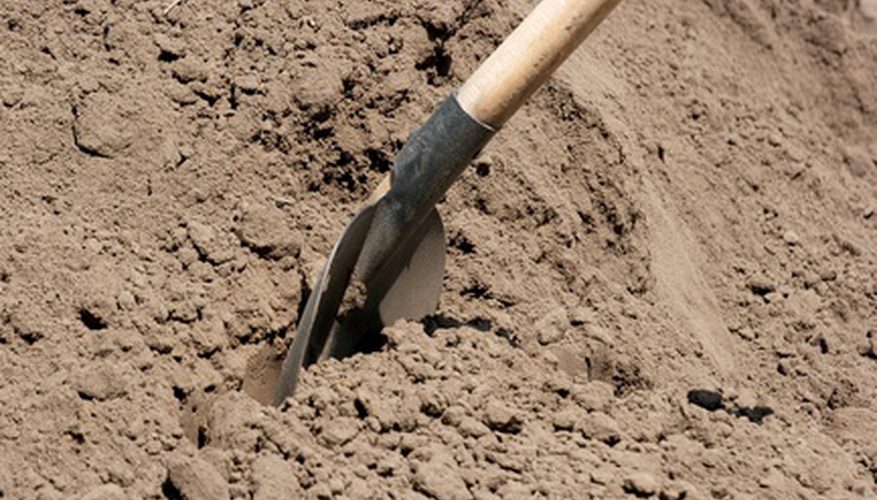
If you want to test your soil to toxicity, as well, which is certainly a good idea, it will be helpful to learn something about the history of your soil, i.e., how the property was previously used. This can point to certain soil contaminants like lead, arsenic or cadmium. These can be present in high levels in an old industrial site area or certain commercial sites, such as gas stations. Even though this testing will cost you more, the good news is that you don’t have to do it every few years, unlike testing the soil health. Either way, it’s worth the money.

